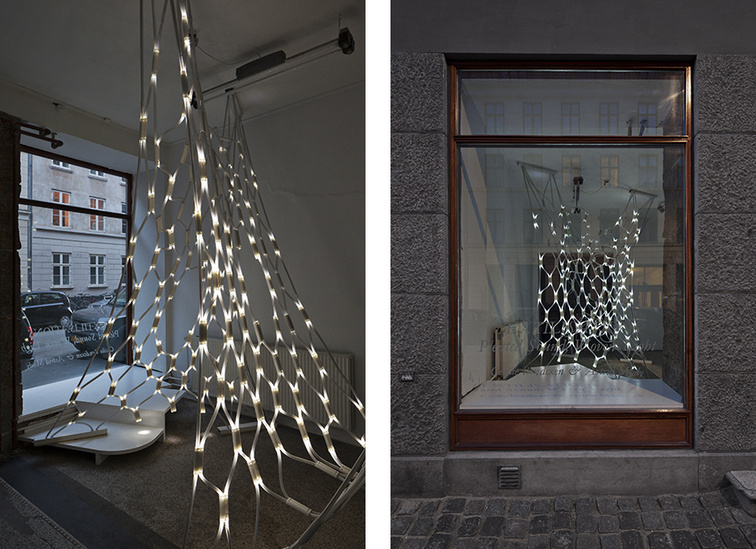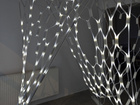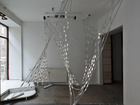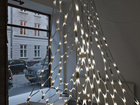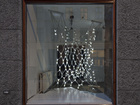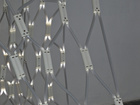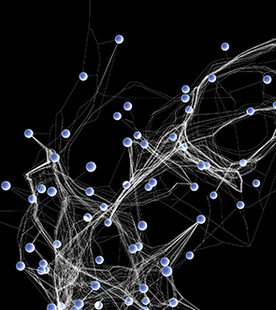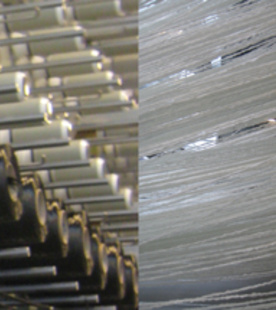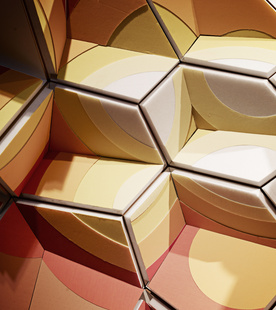Astrid Mody: Textilisation of light
This PhD Thesis 'Textilisation of Light – Using Textile Logics to Expand the Use of LED Technology from a Technology of Display to a Technology of Spatial Orientation', investigates how textile ideas can be applied to expand the use of light-emitting diode (LED) technology from a technology for displays to a technology with spatial qualities.
It has been undertaken in cooperation with Philips Research (NL) and CITA (Centre for Information Technology and Architecture) at KADK in Copenhagen.
While LED technology has increased the potentials for the control and architectural integration of artificial light, architects have yet to adopt and take advantage of these new possibilities. Instead, architectural engagement has been characterised by a problem-solving approach in which LEDs are often relegated to display status and added on to pre-existing architectural geometry.
This research argues that LED technology not only changes the premises for design, but also impacts how light and architecture are conceptualised and experienced. It develops a framework for understanding light as a spatial condition, rather than a technology, and suggests the spatial concepts 'spatialisation of light' and 'immersion of light' to engage the spatial potentials of LED technology.
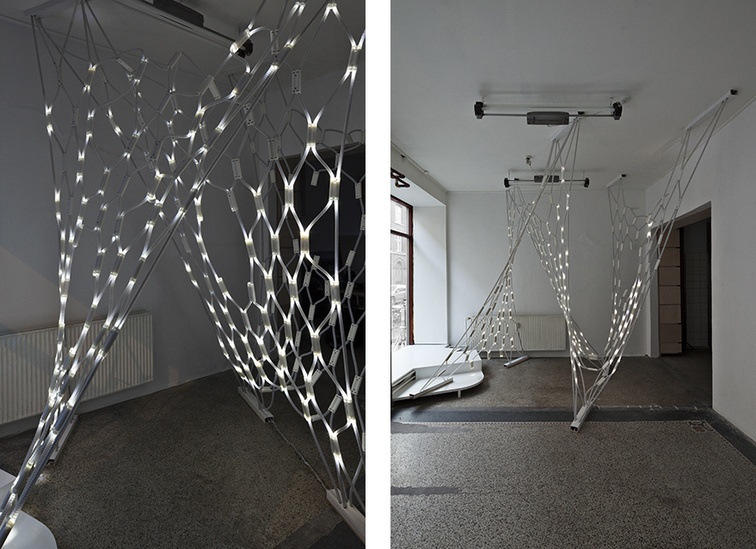
The key result of the research is that linking of the logics of textiles to LED technology can enable new operational concepts, procedures and methods that support spatial and temporal integration of light into architecture. The thesis departs from the hypothesis that linking the logics of textiles to LED technology can enable new operational concepts, procedures and methods that support spatial and temporal integration of light into architecture. It develops new knowledge in the realms of LED technology, extending LED technology through the use of expanded control by replacing wired flow of power and control and centralised control (via a DMX-controller) with a wireless design solution that allows autonomous control of each individual pixel of the light display.
The research is developed through design-led prototypes – design probes, material prototypes and demonstrators – evaluated in three different contexts of evaluation: the lab, the field and the showroom. A large-scale demonstrator, 'Textilisation of Light', tests and contextualises the spatialised, interwoven LED plug and play system 'Woven Light' at two sites: LETH & GORI Exhibitions and Tilburg TextielMuseum, demonstrating spatial and temporal integration of LED technology within architecture.
